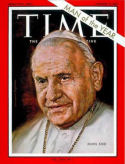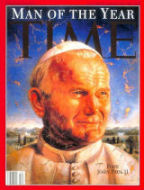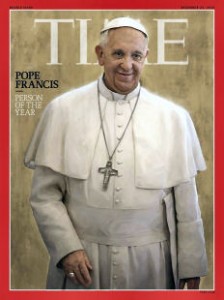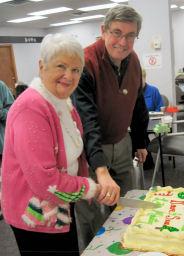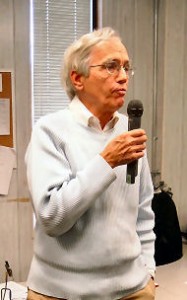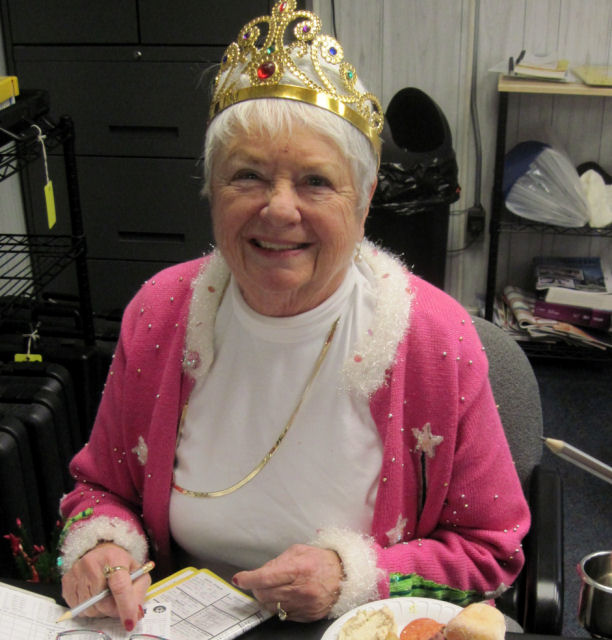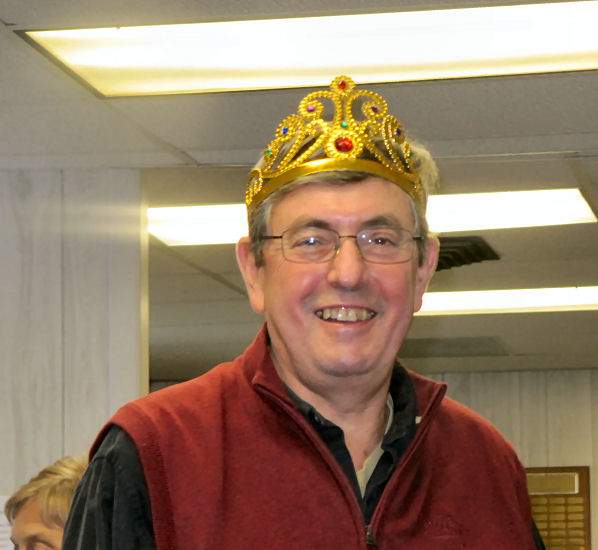Thoughts from my seven-mile walk. Continue reading
The rain on Sunday was predicted to begin around noon. I managed to drag myself outside to take a walk alongside the Connecticut River at about 9:15. I made it back to the office just as the precipitation was beginning two hours later.
I had been planning to listen to Pavarotti and Sutherland in Turandot, which is just about the right length for this journey. However, I soon realized that I had left my headphones at the house. I reckoned that it was not worth driving back to pick them up, and I certainly did not wish to risk getting drenched. So, I set out without my iPod. This had the inadvertent effect of allowing me to be a little less oblivious than usual concerning the surroundings. Here are a few things that I observed.
I encountered no other pedestrians during the entire period. In Volunteer Park, a narrow strip of land in East Windsor that abuts the river, someone was vigorously removing brush. Even though I passed within a few feet of her, she paid no attention to me as she removed small bushes and clipped them into pieces that she deposited into large paper bags. She was still at it when I returned ninety minutes later. I have no idea if she was employed by the city or undertook this campaign on her own volition. Her objective was likewise beyond my ken. It certainly made the river more accessible and removed cover for the animals.
I learned that the beverage preferred by litterbugs on the long, straight, sparsely-used road is, by a large margin, Bud Light. I counted more than a dozen empty cardboard eighteen-packs spaced out at intervals on the east side of the road. That is more than two hundred cans of beer! I also saw a couple of dozen cans, but most of them were on the west side of the road. I could not think of a scenario that would explain why the cartons were almost exclusively deposited on one side of the road, but the cans were predominantly on the other side.
The second most common item of detritus was the Coors Light can. A theme seemed to be developing. The litterbugs evidenced a strong predilection for light beer, and fairly expensive brews at that. Could they possibly think that these brands were the tastiest? Were they counting their calories? Did they want to limit their consumption of alcohol while maximizing their consumption of the other aspects of beer? Maybe they got a deal or a five-fingered discount on these brands, or maybe they just liked to pee. I mean, if you are going to get drunk, do you really like maximizing the amount of liquid required, or do you try to reach the ultimate state as soon as possible? I do not claim to know the answer. I guess that it is a question for the ages.
I noticed a pink pair of panties on the side of the road in an undeveloped area. I glanced at them long enough to realized that they came from a store that specialized in “women’s sizes.” I did not slow down to inspect them. In fact, I sped up a little.
As locations in Connecticut, one of the most densely populated states in America, go, this road is pretty remote. Here and there I saw quite a few parked trucks that had obviously not been driven for decades. I must have seen them before, but they did not make much of an impression. I must say that my dominant thought at the end of this walk was that people are pigs.
Near the end of the road the nearby railroad track crosses the river. Just north of the bridge is a sign that says “Stompers Point.” I had noticed this sign many times and wondered about it, but I had never noticed the building just north of the sign. It now has many trucks parked around it, but for the first time I paid attention to the long-abandoned building itself. I think that it must have been a station at one time, or at least that is definitely what it looks like.
When I finished walking I searched the Internet for information about the building, but I was unable to find much. I did find this photo on Flicker. I also discovered some newspaper stories about an attempt to build a new train station not at this location but in the Thompsonville section of Enfield, which is easily the most downtrodden area between Hartford and Springfield, MA. The proponents of the scheme have convinced themselves that a train station there will somehow revitalize Thompsonville. I will believe it when I see it.
One sign I did not see. There used to be a green street sign with “Enfield Town Line” on one side and “East Windsor Town Line” on the other. There was no sign of it at all. I suspect that it is now decorating someone’s bedroom. It would not surprise me to learn that this someone has downed a few Bud Lights.
The last quarter mile of my walking route is on Route 5. I noticed two peculiar things there. At the stoplight for the road leading to the industrial park stand a Dunkin Donuts and three other buildings. Two of them – Enfield Small Appliance Repair (which is comfortably located in East Windsor far south of the Enfield line) and the East Windsor Diner – have been abandoned for several years, and little or no effort seems to have been made to sell the properties or to turn them into something useful. I wonder why not.
The other building is even stranger. The building that faces the highway is a John Deere dealership that also sells Honda and Yamaha equipment such as generators, lawn mowers, and snow throwers. I bought my lawnmower there, but I never noticed that it shares a parking lot with a two-story structure that houses a hair salon and a store called Liquid Sun. I thought that the latter must sell that stuff that makes you look like you have a suntan in the winter, but I discovered that I was wrong when I looked it up on the Internet. They actually sell lighting and other products for people who grow plants indoors. I knew that kits for this were available in places with liberal marijuana laws, but I never dreamed that you could buy them at a retail outlet in this town.


